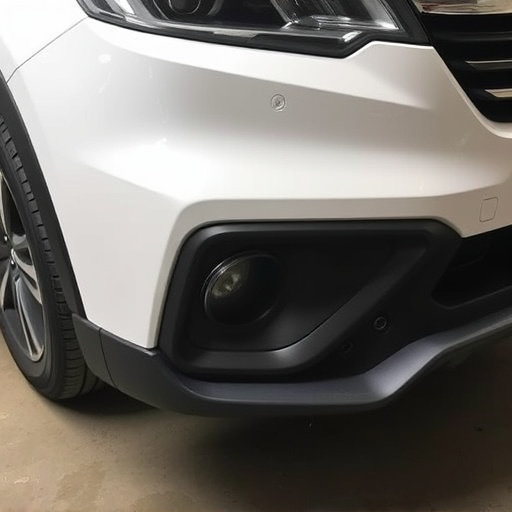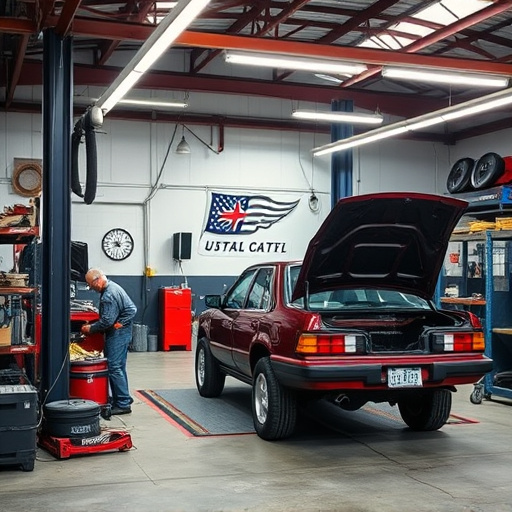Mercedes' ventilated seat modules offer advanced comfort but are prone to issues like faulty sensors and blocked vents. Proper maintenance, timely repairs (including auto glass and body painting), and seeking professional help for diagnostics and repairs are crucial. The repair process involves meticulous inspection, testing with specialized tools, careful disassembly and reassembly, and using genuine Mercedes-Benz parts to ensure optimal performance and comfort.
Are your Mercedes ventilated seats not living up to their cooling promise? Don’t worry, you’re not alone. This guide delves into the intricate world of Mercedes ventilated seat modules, exploring their function and common issues. We equip you with the knowledge to diagnose faulty modules using essential tools and provide a comprehensive, step-by-step repair process. Learn how to restore your car’s premium comfort and take control of your Mercedes ventilated seat repair.
- Understanding Mercedes Ventilated Seat Modules: Function and Common Issues
- Diagnosing Faulty Seat Modules: Steps and Tools Required
- Repair Process: Step-by-Step Guide to Restoring Your Mercedes Ventilated Seats
Understanding Mercedes Ventilated Seat Modules: Function and Common Issues
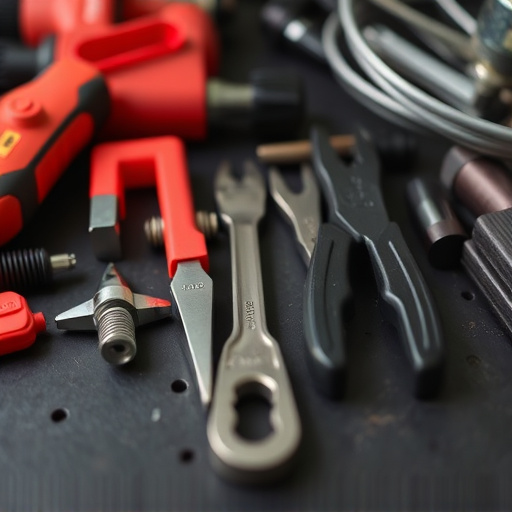
Mercedes ventilated seat modules are a cutting-edge feature designed to enhance comfort and luxury for drivers. These advanced systems incorporate ventilation mechanisms within the seats, allowing for cool air circulation on hot days or during intense driving sessions. The integration of technology in modern vehicles has led to more complex yet efficient features like these. However, despite their sophistication, Mercedes ventilated seat modules are not immune to issues. Common problems include faulty sensors, blocked vents, and malfunctioning cooling systems. Over time, these components can degrade due to regular use, exposure to extreme temperatures, or accidental damage, leading to an uncomfortable riding experience for the vehicle’s occupants.
When addressing Mercedes ventilated seat repair, understanding the underlying causes of these common issues is vital. Auto glass repair, while not directly related, becomes relevant if a cracked or damaged window affects airflow. Car restoration techniques might be employed to revive older vehicles with outdated ventilation systems. Moreover, auto body painting services could be required for cosmetic repairs that accompany structural damage affecting the seat’s exterior. Ultimately, proper maintenance and timely repairs are essential to keep these features functioning optimally, ensuring drivers can continue to enjoy the benefits of a comfortable and well-ventilated ride.
Diagnosing Faulty Seat Modules: Steps and Tools Required
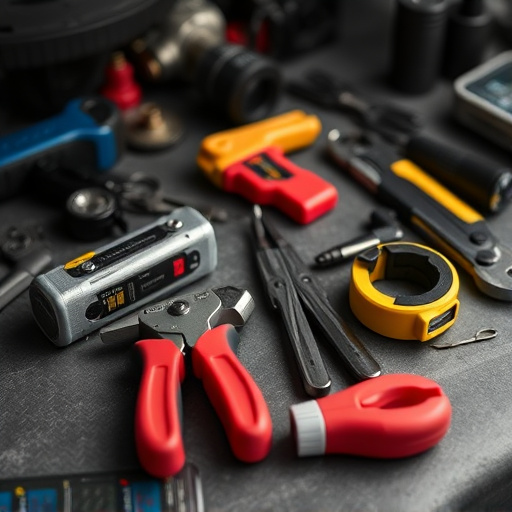
Diagnosing faulty seat modules in Mercedes ventilated seats involves a systematic approach and specific tools to ensure accuracy. Begin by inspecting the seat for any visible signs of damage, such as cracks or debris. Check the electrical connections for loose or corroded wires, which could indicate a malfunction. Utilize an ohmmeter to test the resistance of the seat’s components, paying close attention to the heating and ventilation elements.
The process may require specialized tools like a multimeter, voltage tester, and a seat disassembly kit. A professional auto collision repair or automotive body shop with experience in Mercedes repairs is best equipped to handle this task. They will navigate through the intricate design, identify the faulty module, and perform the necessary Mercedes ventilated seat repair, ensuring optimal performance and comfort for the vehicle’s occupants.
Repair Process: Step-by-Step Guide to Restoring Your Mercedes Ventilated Seats
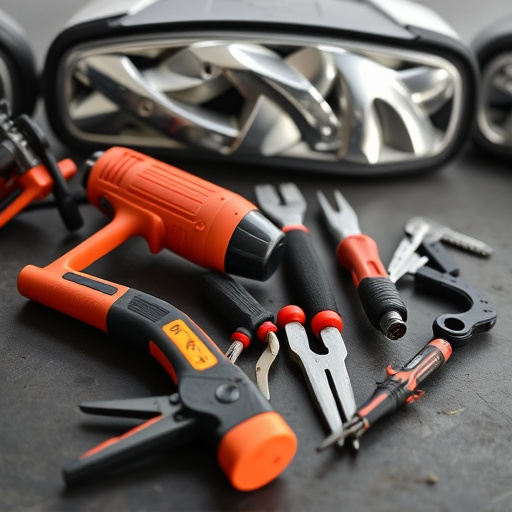
Repairing a faulty Mercedes ventilated seat involves a meticulous process that requires both technical skill and precision. Here’s a step-by-step guide to help you restore your Mercedes seats back to their optimal condition.
1. Safety First: Before starting, ensure the vehicle is parked on a level surface with parking brakes engaged. Disconnect the battery to prevent any electrical shorts during the repair. This is crucial for both your safety and the integrity of the electronic components within the seat module.
2. Seat Disassembly: Remove the seat covers carefully, taking note of how they are attached. Then, disconnect the power supply to the seat heater and ventilation system. Next, demount the seat from the vehicle, unfastening any bolts or clips securing it in place. This step may require specialized tools, depending on your model year, so consult your owner’s manual for specific instructions.
3. Inspect and Diagnose: Examine the seat module for any visible damage or debris. Check for loose connections, corroded parts, or malfunctioning sensors. A faulty temperature sensor or a damaged ventilation duct can cause the seats to malfunction. Identify the root of the issue accurately to ensure effective repairs.
4. Repair or Replace: Based on your inspection, decide whether to repair or replace specific components. Minor issues like loose connections or burnt-out wires can often be fixed with new parts and soldering iron. More complex problems, such as damaged electronics or structural failures, may require replacing the entire seat module. Utilize genuine Mercedes-Benz replacement parts for optimal performance and longevity.
5. Reassembly: Once repairs are made or replacement parts installed, carefully reassemble the seat. Reattach any removed components, ensuring proper alignment and security. Reconnect the power supply to the heater and ventilation system, testing functionality as you go. Finally, remount the seat in the vehicle, tightening all bolts securely.
Repairs for Mercedes ventilated seats affected by faulty modules are feasible with a thorough understanding of their functioning and a structured approach. By diagnosing the issue using appropriate tools, you can effectively restore your car’s comfort. The step-by-step guide provided offers a practical framework for fixing the problem, ensuring your Mercedes retains its desired level of luxury and performance. For those seeking to tackle this repair themselves, this knowledge base equips you with the necessary information to successfully navigate the process, enhancing your automotive troubleshooting skills. Remember, when it comes to Mercedes ventilated seat repair, proper diagnosis and a systematic repair process are key to achieving optimal results.

